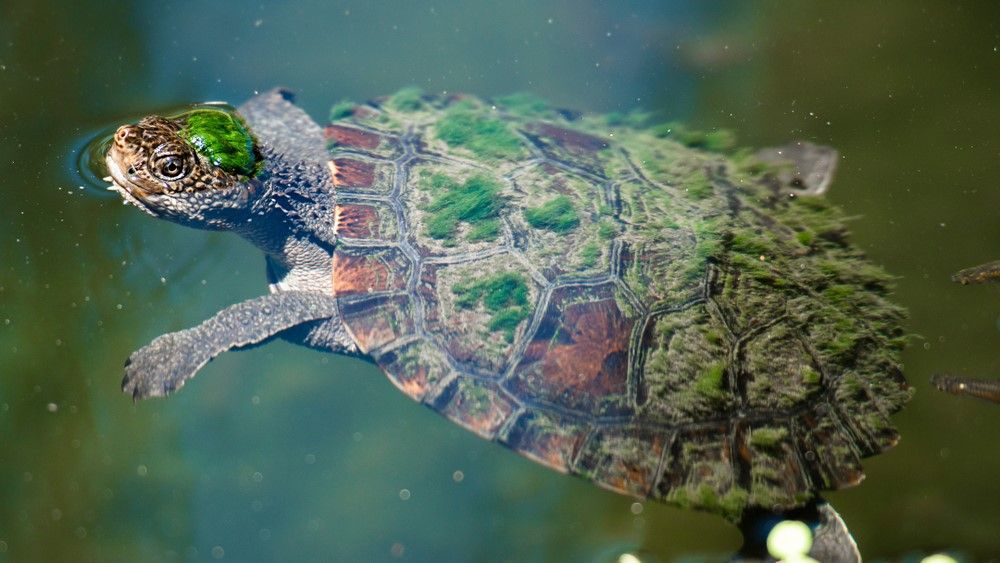Some turtles breathe through their butts

Some Turtles Breathe Through Their Butts

When it comes to the animal kingdom, there always seems to be surprising and fascinating discoveries waiting to be made. One such curiosity is the fact that some turtles have an unusual way of breathing - through their butts. Yes, you read that right!
Contrary to what we might expect, these turtles do not solely rely on their lungs or gills for oxygen intake. Instead, they have evolved a unique adaptation called cloacal respiration, which allows them to extract oxygen from water through their cloaca.

Before diving into the details of this bizarre phenomenon, let’s understand what the cloaca is. In reptiles such as turtles, crocodiles, and birds, the cloaca is a single opening used for excretion and reproduction. In essence, it acts as a multi-purpose chamber where waste is expelled, eggs are laid, and, in some cases, gas exchange occurs.
In the case of these unique turtles, they have taken the concept of gas exchange in the cloaca to a whole new level. The cloacal respiration process involves extracting oxygen from the water by absorbing it through blood vessels located in the cloaca’s walls. These blood vessels, known as cloacal bursae, are highly vascularized, allowing for efficient gas exchange.
But how exactly does this process work? When a turtle with cloacal respiration is submerged in water, the oxygen content in the surrounding water diffuses into the cloaca. From there, it enters the blood vessels in the cloacal walls and is transported throughout the turtle’s body, providing the necessary oxygen for survival.
It’s important to note that while cloacal respiration plays a significant role in the turtles’ breathing process, it does not completely replace their traditional lung-based respiration. Turtles with this adaptation still rely on their lungs to a certain extent, mainly when they are above water.
Although cloacal respiration might seem strange and even somewhat comical, it serves as a crucial survival mechanism for these turtles. It allows them to stay submerged for longer periods, enabling them to remain hidden from predators or escape hazardous situations while conserving energy.
In conclusion, some species of turtles have amazed scientists with their ability to breathe through their cloacas. This unique adaptation, known as cloacal respiration, enables these turtles to extract oxygen from water, supplementing their traditional lung-based respiration. So, the next time you encounter a turtle, remember that behind their seemingly innocent exterior lies a fascinating and resourceful survival strategy.
Source: Is it true turtles breathe through their butts?
Tags
Share
Related Posts
Quick Links
Legal Stuff

